Notes
In Light of a Nuclear Deal: Newsha Tavakolian’s Photos from Iran
Note: If these photos by Newsha Tavakolian have been circulating for a while, they are relevant now for two reasons. The first, obviously, is that Iran, despite a hostage drama and some new sanctions, effectively rejoined the community of nations last week. Also, the photojournalism world is entering contest season and we’re curious to see how this imagery from Iran will fare.
Newsha Tavakolian, the Iranian photographer and recent Magnum nominee released a sequence of photographs this year for TIME. Tailored specifically for a western audience, See Iran Coming Out of the Shadows offers Tavakolian’s visual commentary on the state of Iran in the aftermath of the recent nuclear deal.
This first image depicts Iranians honoring the Day of Ashura. Ashura is the day of mourning in which Shiite Muslims remember the martyr, Imam Hussein—grandson of the Prophet Mohammad. The candles blazing at the forefront create a focal point against the darker tones. Small, but second in intensity is the light of a smartphone that peeks from behind the fingers of the woman on the left. A softer green light falls across the entire space.
The contrasting lights evoke the sense that Iranians hold tightly to both the old and new, centuries-old cultural traditions and technological lightening. The woman in the center of the photograph stares as intently at the candles commemorating Hussein as the couple behind her stare at their devices. The photo counters the western discourse that sees tradition and technology in opposition, and Orientalist rhetoric situating Eastern culture in the past. Notice, for example, how the woman, center-right, actually brings both together by crossing her phone with her candle. If the west sees Iran’s religion and cultural traditions as a barrier to progress, Tavakolian’s photograph emphasizes how Iran is as modern as it is traditional.
To anyone waylaid by severe winter during a holiday season, this scene probably looks familiar—a man in a button-down shirt and dress pants sleeping at an airport. Instead, it’s an airport in Tehran and the caption reads:
“…Following the nuclear agreement, Iran hopes to upgrade its fleet of aging aircraft.”
The plastic drapery conceals a dilapidated looking wall and, likely, some construction. In light of the alienation with the west, what it also does is invite Western viewers to reflect on how Iranian are perhaps not so different from themselves. It’s interesting that the artist chose to focus on the sleeping man, as opposed to the bustling people in the background. Perhaps he seemed a better metaphor for the citizens of her home country — throughout the decades-long sanctions, Iranians were a people in waiting.
This photo is from a reenactment of the eight year Iran–Iraq War by members of the Iranian paramilitary Baseej forces. The Baseej, a volunteer militia initially formed in the 1980s, now serves as an internal security force. It’s fascinating to see war reenactment in a country painted by the media and political leaders as so warlike. Typically in the U.S., war reenactments are associated with decade old conflicts. Does this reenactment hold that same sense of play?
One could argue that the recency of the war and the history of the Baseej makes this more of an ominous look at the future. Still others could say that the inherent play of reenactment means Iran is ready to make war a thing of the past. It also begs the question: can war reenactment—even of decades old wars in the U.S.—ever be just play, or is it the indication of a militarized nation? Then, along the same lines: is that surreal, salmon-colored sky a sunset or sunrise? Is the day of a warring Iran ending or just beginning?
— Valerie Wieskamp
(photos: Newsha Tavakolian/Magnum for TIME. caption 1: Iranian women light candles to commemorate the death of the revered Shiite martyr, Imam Hussein, grandson of the Prophet Mohammad. His violent death on the plains of Kerbala, Iraq, is remembered during the mourning period known as Ashura. caption 2: A man sleeps on a bench in Tehran’s domestic Mehrabad airport. Following the nuclear agreement, Iran hopes to upgrade its fleet of aging aircraft. caption: Iranian paramilitary Baseej forces reenact the Iran-Iraq War (1980-1988) in the south of Tehran.)
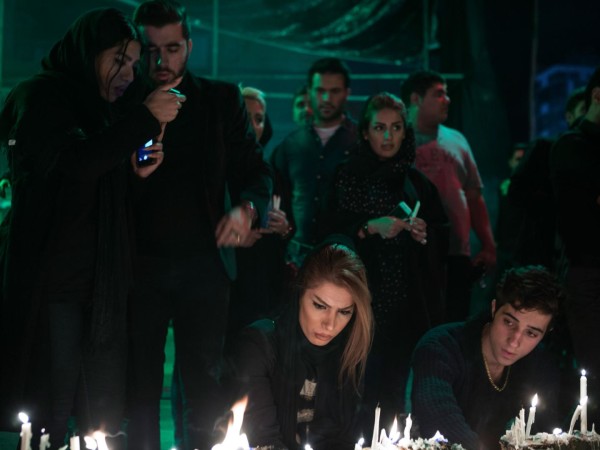
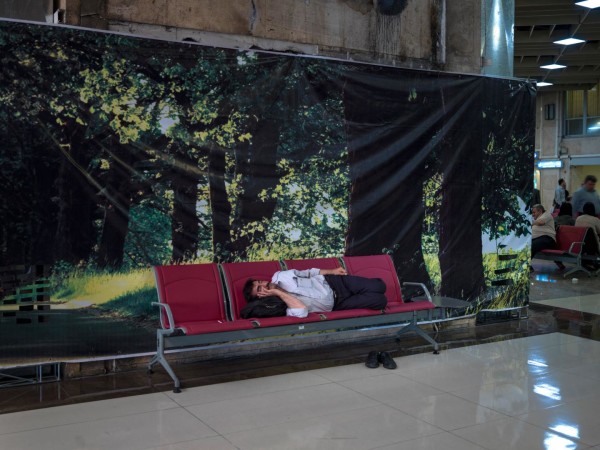
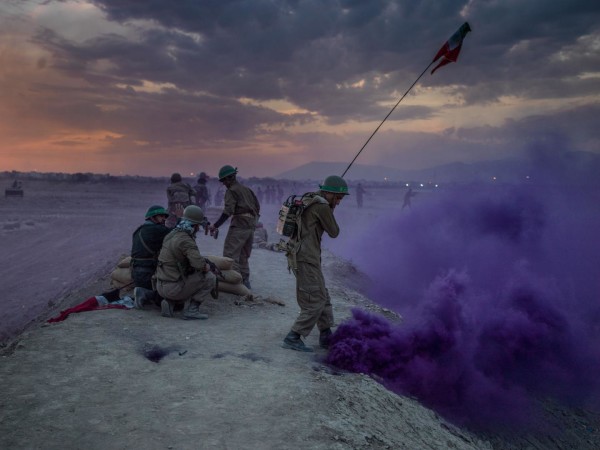
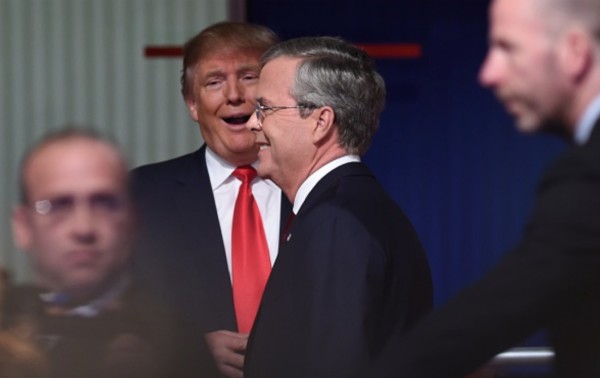
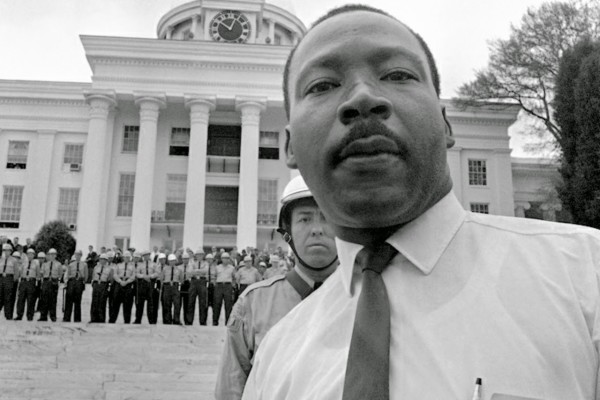
Reactions
Comments Powered by Disqus